Ostara Meaning and Pagan Traditions Both Ancient and Modern
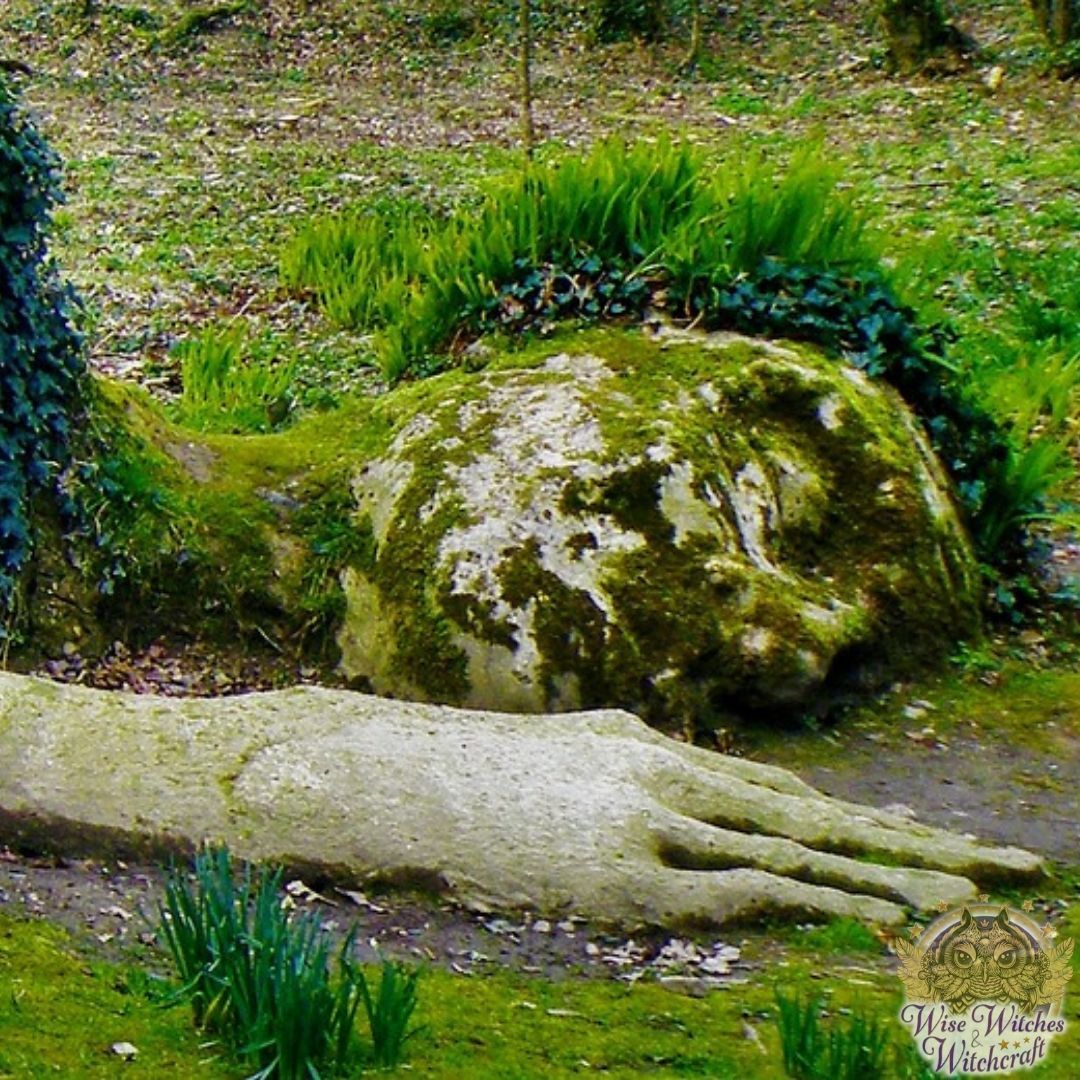
“If we pursue a spiritual path in depth, then it changes who and what we are. There is no turning back. We can only move forward.”
– Vivianne Crowley
Ostara is one of two equinoxes and if ever there is a day one might be able to call an “Easter Pagan Holiday” then Ostara is it! Yes, Easter and Pagan Holiday are an oxymoron for sure! However, much of what Ostara signifies is woven into the Easter Holiday; this is likely the result of a syncretism: The merging of two opposing religious ideologies by blending ideas, concepts, symbols, and meaning. Ultimately, Easter is an example of syncretic blending: It mixes Christian ideology with Pagan beliefs.
Ostara: The Pagan and Witchy Symbolism of the Holiday

Of course, the next question is “Why would anyone want to blend Pagan beliefs with Christian beliefs when the religious systems are in opposition of one another?” Because, in ancient times, as Christianity became the dominant religion, it helped to make the conversion of Pagans more palatable. To make conversion something Pagans are more willing to embrace, Christians borrowed much of the existing Pagan folklore, myth, and symbolism. As a result, many of the symbols corresponding to “Easter,” are, indeed, of Pagan origin.
Even today, the Pagan roots of Easter are all too evident. Now, before looking into all the symbols aligning with Ostara, let’s look at where the celebration appears on the Witches Wheel of the Year. The Sabbat’s location on the wheel helps us mark the timing of the celebration and allows for a more in-depth comparison to the Christian holiday of Easter.
Ostara’s Position on the Witches’ Wheel of the Year
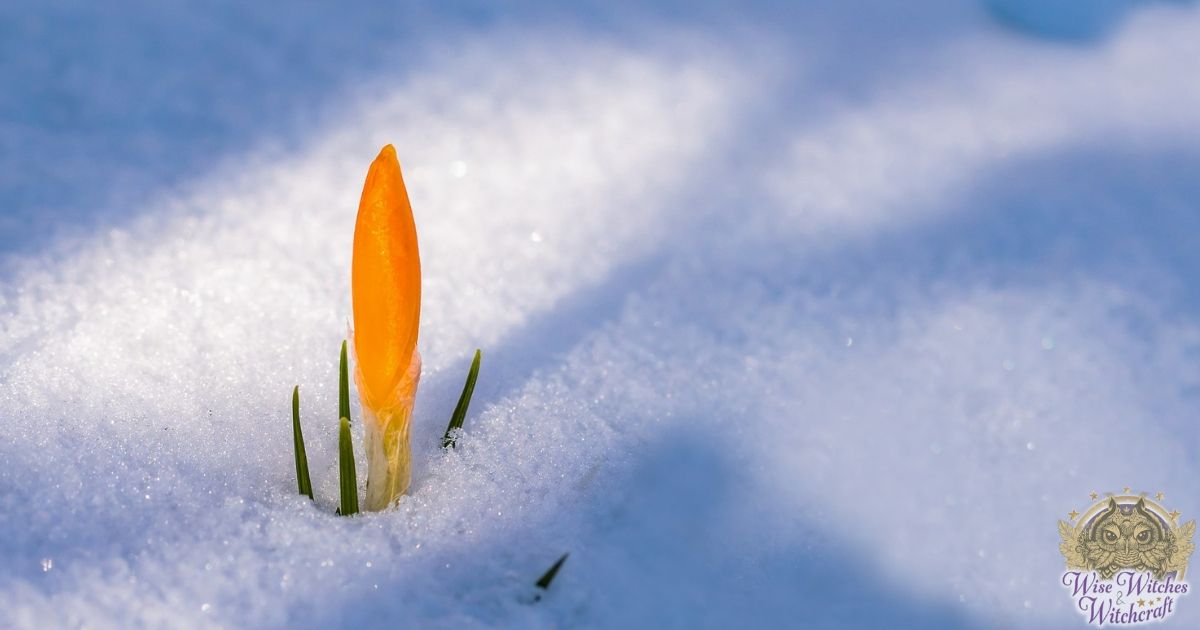
Whether you reference the springtime celebration as Ostara, Vernal Equinox, or Spring Equinox, the traditions and meaning of the pagan celebration are all the same. Alternative names and/or ancient holidays with similar traditions practiced during Ostara include:
- Feast of Annunciation or Lady Day: A day honoring the Virgin Mary (March 25), but also a time marking a quarter day in the year. In ancient times, the start of spring was often seen as the beginning of the New Year.
- Waxing Equinox: A title referencing the growing light starting the day following spring equinox.
- Liberalia or Bacchanalia: An ancient Roman holiday with traditions woven into Ostara. Its celebration involves honoring the god Dionysus, Bacchus, or Liber Pater and the goddess Libera; it’s a time when the maturation of young men was celebrated on March 17. Bacchus and Dionysus are Roman and Greek gods respectively, both of them governing intoxication and wine. Liber Pater and Libera are agricultural deities who protect fertile seeds. This practice is reminiscent of honoring the maturation of the God from Spring Equinox until Beltane.
- Alban Eilir: A Druid holiday celebrated on vernal equinox. The day involves honoring the early signs of spring, the consciousness Druids believe run through both inanimate and living things, and gifting bunnies and eggs.
Ostara is a day corresponding to the concept of “balance.” The Pagan New Year begins with Samhain (October 31st & November 1st). Yule follows Samhain (December 20, 21, 22, or 23), and Candlemas or Imbolc follows Yule (February 1st & 2nd). With the arrival of Ostara (March 20, 21, 22, or 23), we reach a mid-point on the Witches’ Wheel of the Year, which contains eight celebrated and sacred days in all. These special days are called:
- High Holy Days; High Days, or Holy Days: All titles signifying the sacredness of the Pagan holidays or sabbats.
- Major and Minor Sabbats: The Major Sabbats are the Four Fire Festivals. The Minor celebrations are the cross-quarter days. Note, the word minor is not a way of suggesting these days are lesser in degrees of importance.
- Four Fire Festivals & Four Cross-Quarter Days: The four Fire Festivals are Samhain, Imbolc, Beltane, and Lammas. The remaining holidays, Winter Solstice, Spring Equinox, Summer Solstice (June 19, 20, 21, 22, or 23), and Autumn Equinox (June 21, 22, 23, or 24) are the cross-quarter days. The Fire-Festivals are one to two-day celebrations in length, depending upon tradition. The cross-quarter days fall around the same time each year. They are single day celebrations, but the date can shift a bit and as much as three or four days each year.
- Solar Celebrations: This reference is in contrast to the Esbats many Pagans celebrate, which are days following the lunar cycle throughout the year. The sabbats mark the celebrated days and transitions of the Sun as we move through the year.
Ostara: Sabbats and the Hemispheres
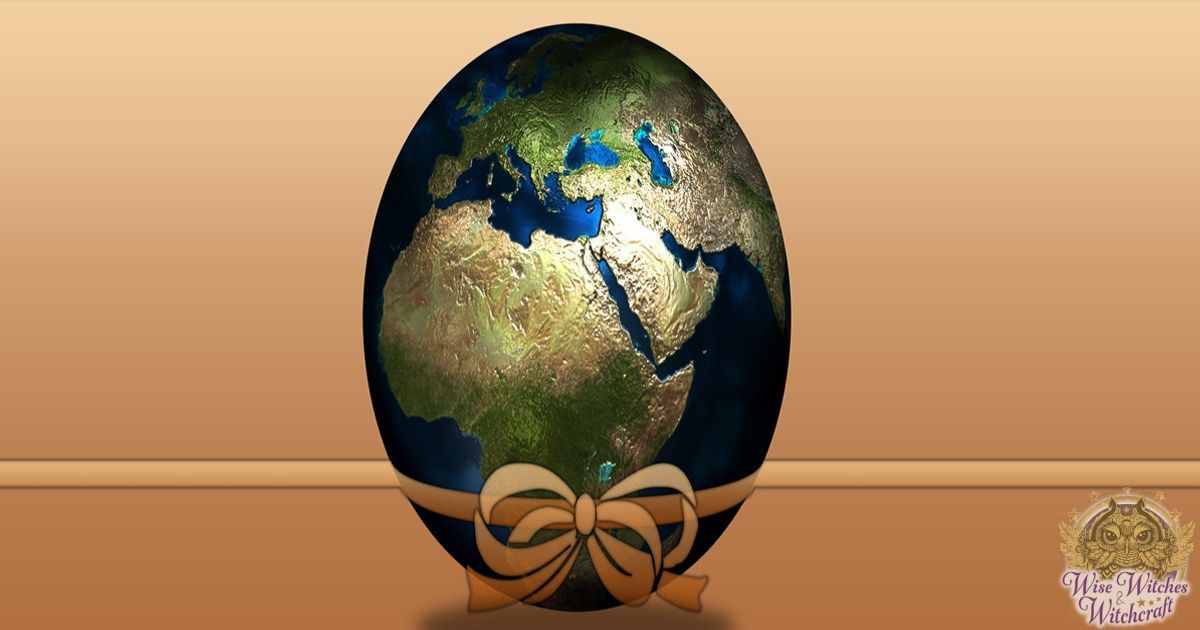
Special Note on Hemisphere’s and Sabbat Dating:The Northern and Southern Hemispheres will demonstrate differences in the dating of the eight Sabbats. As such, the date of Ostara will differ for those who live in different hemispheres. You’ll find if you look at an equally divided Witches’ Wheel with eight spokes, each holiday is directly across from the other on the wheel as well. See the different dates below for clarity.
- Samhain: October 31-November 1 (Northern) – Beltane (Southern)
- Yule: December 21 (Northern) – Summer Solstice (Southern)
- Candlemas: February 1-2 (Northern) – Lammas (Southern)
- Ostara: March 21 (Northern) – Mabon (Fall Equinox) (Southern)
- Beltane: May 1-2 (Northern) – Samhain (Southern)
- Summer Solstice: June 21 (Northern) – Winter Solstice (Southern)
- Lammas: August 1-2 (Northern) – Candlemas (Southern)
- Fall Equinox: September 21 (Northern) – Spring Equinox (OSTARA) (Southern)
Important Note: When referencing the holidays, pagans who are NOT Wiccan often use the term holiday, while those who follow a Wiccan path often use the reference sabbat. Please note though, this is not all-inclusive, and the terms are used interchangeably.
For more information on the Wheel of the Year, visit “The Wheel of the Year for Pagans, Wiccans, & Witches.“
Witchy Tip: To make remembering the dates of the eight sabbats just a little bit easier, remember the Fire Festivals all occur close to the first of the month. Cross-quarter celebrations land on a date just past mid-month (right around the 20th, give or take a day or two).
Why is the Date of Spring Equinox Important?
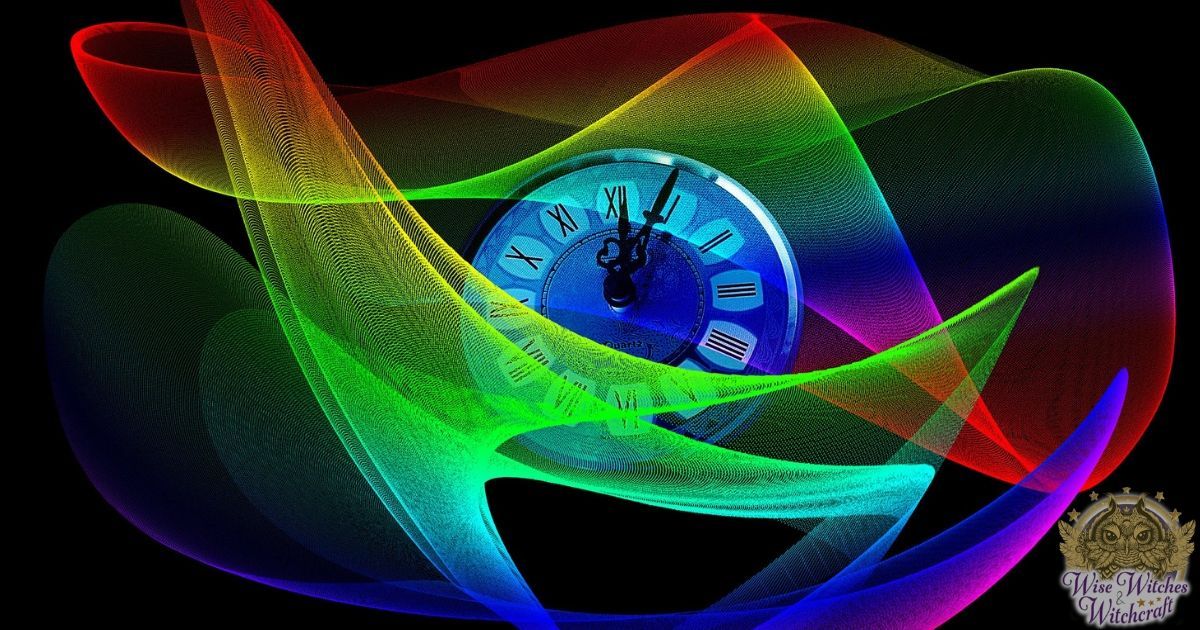
Ostara is one of two equinoxes in the year, with the other being autumnal or Fall Equinox on September 21st. Other than the obvious reason that you’ll need to know what day to celebrate, knowing Spring Equinox’s timing helps you remain in tune with the cycle of the seasons and the earth. The day also marks the beginning of the spring season, which will also include the time between Ostara and Beltane and Beltane to Summer Solstice. What’s more, each sabbat falls on a date significant to the changes in the amount of daylight and nighttime we experience. The Wheel is always turning, forever in motion, and therefore in transition.
Like the quote from Vivianne Crowley suggests at the beginning of this article, with the pursuit of a spiritual path, “There is no turning back. We can only move forward,” so too, the movement of the Wheel marks our own spiritual changes, growth, and transitionings. Each holiday or sabbat is a time where we can give pause to consider how far we’ve come, and how much more we want to achieve.
Ostara, just like Fall Equinox, marks the one time in the year when the length of the day and night are equal. It is why the holiday aligns with the concept of balance. The main difference between Fall and Spring equinox, other than seasonal differences and dates, is that Ostara marks the time when the light is waxing or growing. Fall equinox marks the time the light decreases, so night is getting longer after the arrival of Autumn.
Now, every holiday aligns with a masculine or feminine gender or Yin Yang force. The equinoxes are the two holidays representing both masculine and feminine forces. The dualistic balance occurring on equinoxes is also reminiscent of the feminine and masculine forces recognized throughout all of nature. If we consider the axiom, “As above, so below,” we can see that Ostara and Fall Equinox are the microcosm or representation of the God/Goddess (Powers of the Universe) in the macrocosm. Here, Easter differs from Ostara, which only recognizes a masculine deity or force.
Ostara: The Meaning of the Vernal or Spring Equinox
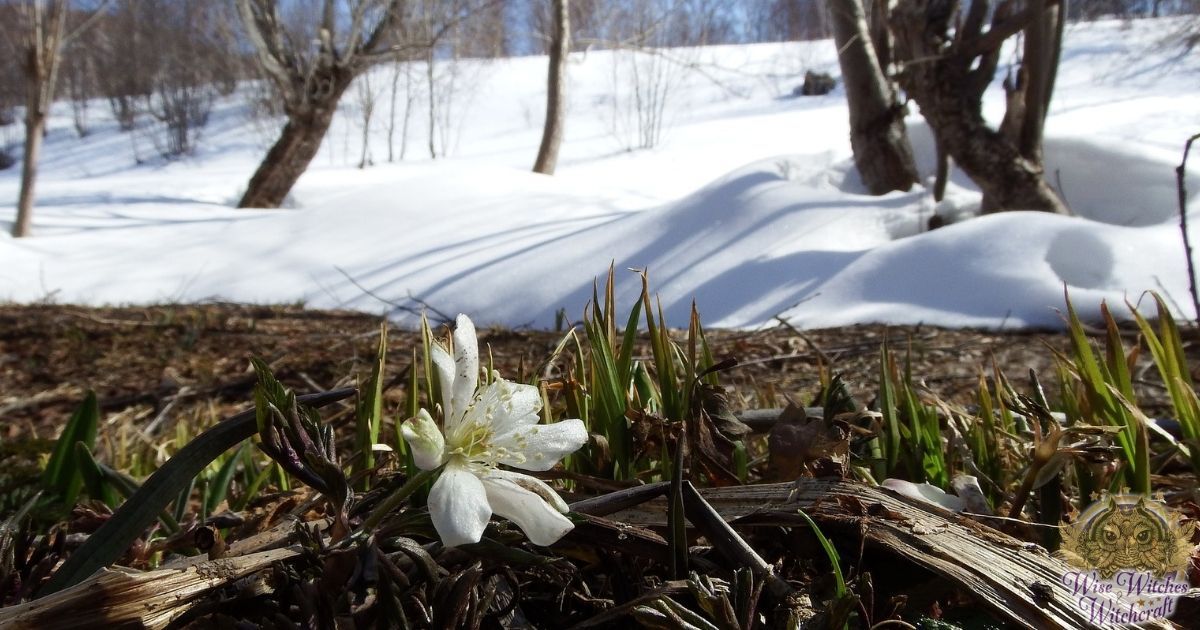
Now, Candlemas falls before Ostara. It brings with it the earliest signs of the spring season with hints of deep-lavender-colored crocuses piercing through the thawing earth. Ostara shows further signs of the earth mother’s awakening from her winter slumber. We are not quite free of winter’s final grasps as a chill remains in the air. The light will continue to wax until the next sabbat, the arrival of Fall Equinox, where it starts to wane.
Resurrection and Rebirth: We have entered the time when spring begins showing us evidence of new beginnings, fresh starts, and rebirth: These are all concepts aligning with the celebration of Ostara. How does this compare to Easter? Ostara is the resurrection of the Earth Goddess, Ostara, otherwise known as Ēostre. One look at the word Ēostre and one can see the roots of the word Easter. And what does Easter symbolize? The resurrection of the solar god, Jesus.
Now, while the Pagan holiday seems to be one with a strong focus on a Goddess only, remember this day is about “balance.” As such, Spring Equinox also marks the starting point marking the maturation of the Pagan God, who becomes the Goddess’ consort on Beltane.
Easter Bunnies vs Esotre Hares
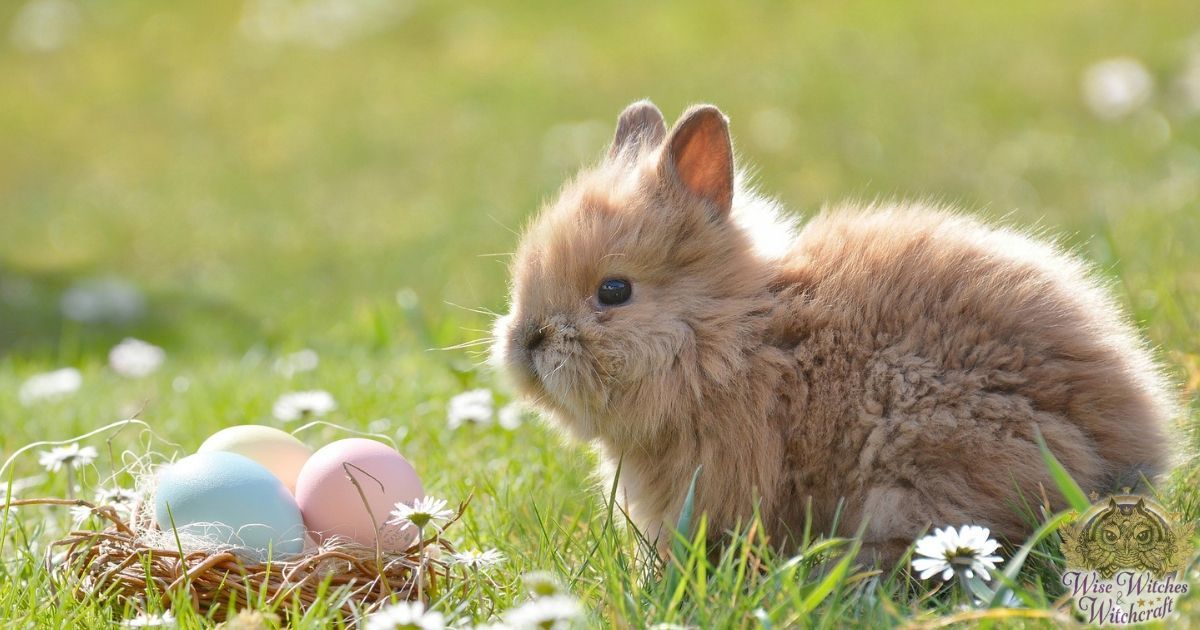
The rabbit is an animal sacred to the goddess Ostara or Ēostre. She is a goddess stemming from Pagan Germanic traditions. (Please note, some scholars suggest the hare also connects with the Norse Goddess Freyja.) Her name means “to shine.” In ancient times, Pagans honored Ēostre during April. Feasting and merriment were part of the tradition. Later, as mentioned earlier, the act of celebrating Jesus’ resurrection following His entombment replaces this holiday. Eggs symbolize fertility as does the sacred hare. Today these translate into egg coloring and the Easter Bunny! (And clever candy makers bring the two together in the modern-miracle we can all enjoy: The Cadbury Egg!)
Ostara Traditions and Practices

Sacred Space Beautification: On Ostara, you’ll want to cleanse your altar and give it a good “spring cleaning!” You can follow the cleaning with a spiritual cleansing and blessing. Then it’s time to refresh the altar cloth, if applicable. The season calls for colorful décor on one’s altar. Pastels are appropriate but so are darker greens and yellows. If you want to keep things simple, a color scheme of black and white, or dark royal blue and white can symbolize the balance between light and darkness.
Anything to do with planting, growing, and conception or birthing are of import now. The altar decor is colorful with springtime flowers. Such flowers and petals also make an ideal offering for the deities you want to honor. Lovely dyed eggs of every color are on the altar too. The flowers represent the beauty of the season and new life. The eggs are symbols for fertility, plenty, and abundance! Another simple symbol of fertility includes a bowl full of seeds, nuts, or even acorns, all of which signify rebirth and fertility.
For Your Spiritual Growth: With the increasing light, this Sabbat is about illumination in the dark. It’s an excellent Sabbat for working spells where one is seeking one’s path. Revealing the truth is also a subject of magickal workings. It’s an outstanding time for banishing negativity. This time of year, many of us work on removing blockages hindering our growth.
Yes, Wiccans and NeoPagans celebrate Ostara mid-March, but this dating falls about a month earlier than it in ancient times. Pastel colors are part of the holiday scheme: The hues represent “the lighter” colors of the spectrum. Fertility rites, rituals of appreciation for the waxing light, and divination are common.
Things to Do on Ostara
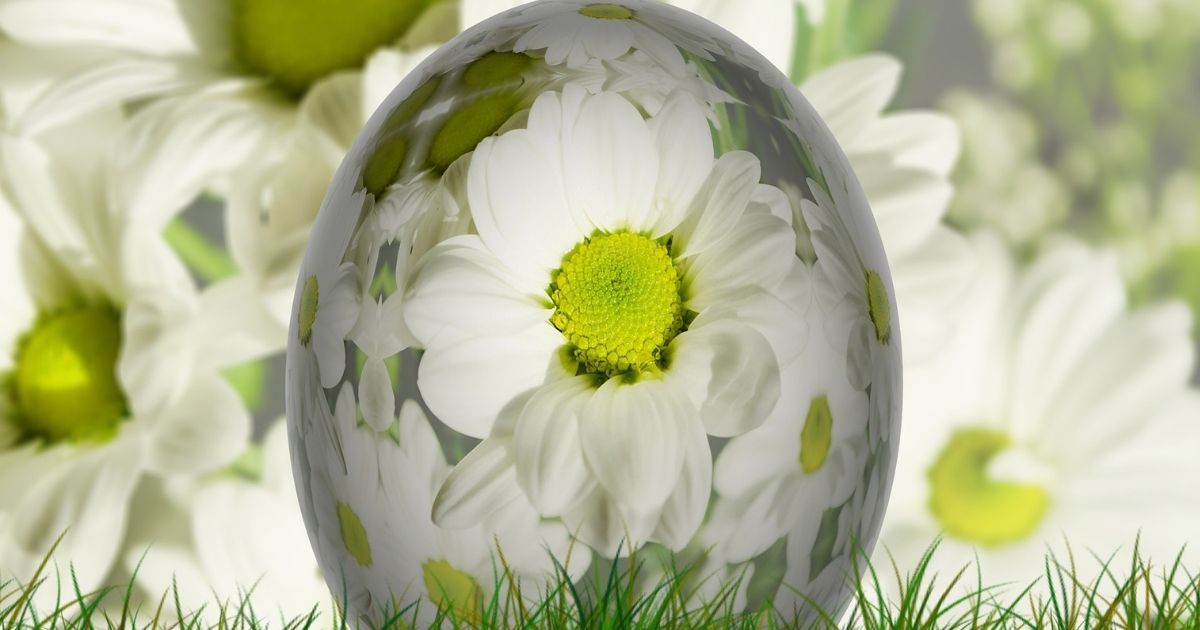
There’s plenty of activities to engage in which honors the meaning and symbolism corresponding with the spring equinox. Consider the following:
Modern-day Ostara’s Blend of Pagan and Christian Practices
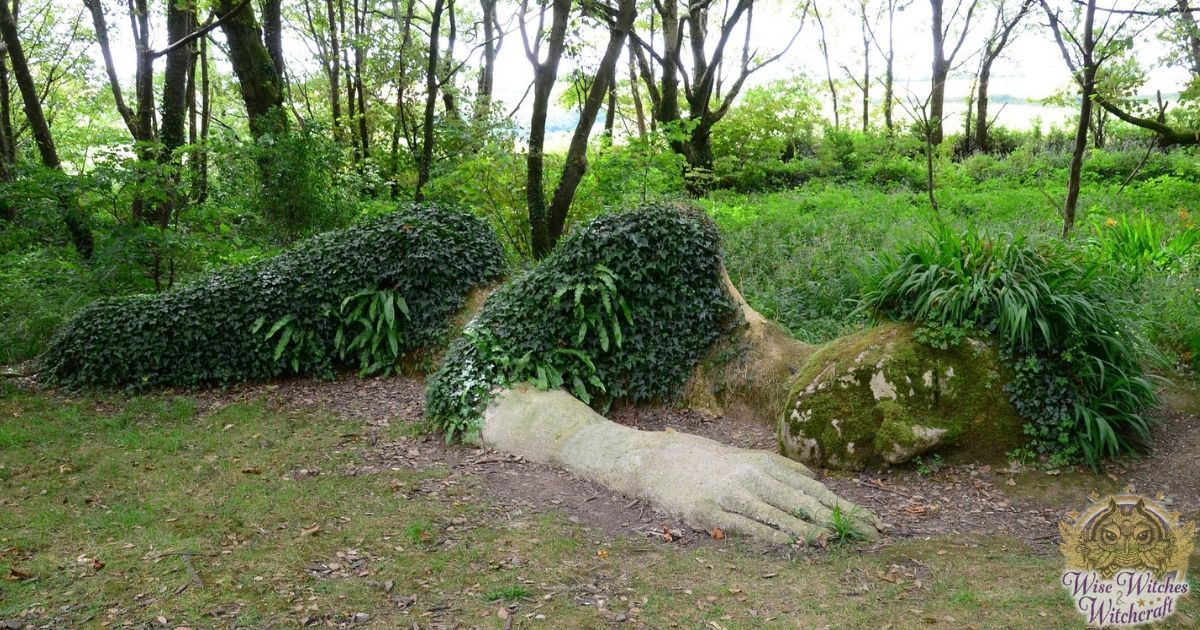
One look at the myriad traditions related to Spring Equinox, and it’s easy to see how the traditions associated with the holiday are merged with Easter traditions. Egg coloring, gift giving, ritual, feasting, festivities, and merriment are all part of the celebration on Ostara. Both holidays include concepts related to renewal and resurrection. Even the timing of the holidays occurs close to one another. But Ostara involves honoring the masculine and feminine forces in all of nature, and the dual aspects of the Divine. (Note: Some pagans see the Divine through a monotheistic lens). Most importantly, it is a sabbat celebrating balance, and the return of the waxing, life-giving-light of the Sun.
For more information on Ostara, see Ostara – A Concise Guide to Spring & Vernal Equinox Astrology, Rituals, Recipes, & More.

